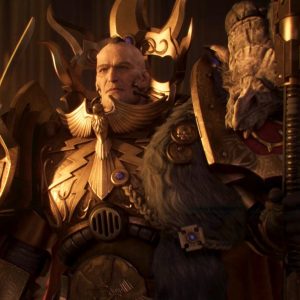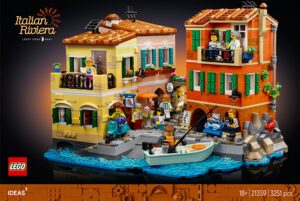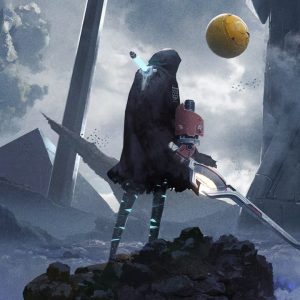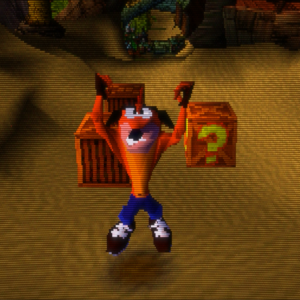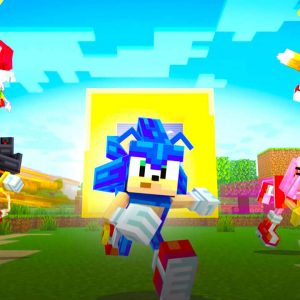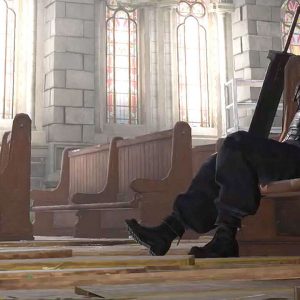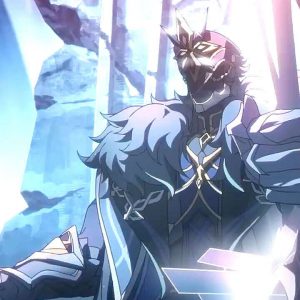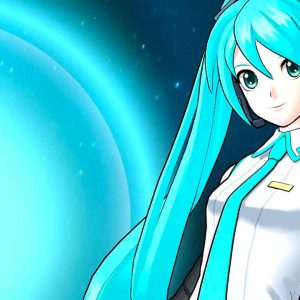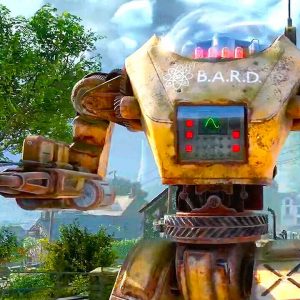I don’t think anyone is going to be surprised to learn that Final Fantasy 7 Rebirth feels incredibly similar to Final Fantasy 7 Remake. This second game in the reimagined trilogy is like an extension that flows out of its predecessor rather than another radical rethink. But Rebirth is layered with several new ideas that, at least across the duration of a recent three-hour playable demonstration, suggests Cloud and co’s upcoming journey will feel like a genuine sequel rather than a full-priced expansion.
During the hands-on demo I was able to play through the first two chapters of Final Fantasy 7 Rebirth. The opening section recreates the Nibelheim Incident flashback from the original game; an important slice of Sephiroth’s backstory that reveals the main reason for his villany. This scenario plays out more or less identically to what you remember of Remake – a linear trek through a simple environment, elevated by exceptional combat and character work. I liked this structure in Remake and I still like it in Rebirth.
It is in chapter two, though, that Rebirth begins to show how things have changed. Freed from the restrictive streets and corridors of Midgar, your party is set loose in a large open world of rolling grasslands and towering trees. The demo did not make it clear if the continent is made up of large segmented zones or if it is a genuine, seamless open world, but what I can say is that the sizable region in this demo chapter feels much more expansive and authentically natural than the areas seen in last year’s Final Fantasy 16.
These zones initially feel somewhat empty but that is soon changed after discovering and activating a scattering of ‘remnawave towers’. Following open world tradition, these towers plot a variety of activities on your map that can be undertaken as distractions from the main storyline. I unfortunately didn’t have enough time to fully dig into these side tasks, but they include hunt-style battles and item salvaging. I’m left with the impression that these mini quests won’t be Rebirth’s most compelling feature, but hopefully they will be an improvement upon both Remake and FF16’s monotonous side stories. At the very least the side content does promise worthwhile rewards: for instance, scanning and defeating monsters in the world will upgrade the returning combat simulator, which in turn will unlock new summon materia – the magical orbs that manifest god-like allies in battle.
The grasslands area that extends around and beyond the small town of Kalm is not structured identically to the world of the original Final Fantasy 7, but it nonetheless feels authentic to that game. Lush forests harbour the Chocobo Farm, which is once again managed by Bill, Billy, and Chloe. Push onwards and the verdant grass gives way to gloomier swamplands that are terrorised by the monstrous Midgardsormr – the renamed but still-infamous Midgar Zolom snake. As in Remake, all of this covers a significantly larger and more detailed area than the same region of the original game, turning what were once minutes of play into hours.
Simply getting around these zones feels more freeing and smooth thanks to the improved movement that allows Cloud to easily hop up over small and mid-sized obstacles, and a basic climbing mechanic that sees him clamber from one yellow handhold to another. It’s not exactly Uncharted, but this added element of ‘outdoorsiness’ provides an enjoyable sense of adventure. Add in the expected Chocobos for fast, feathered trips, and you’ve got a strong basis for wider exploration.
Of course, those wide open zones are home to more than just trees and flowers. There’s plenty of enemies roaming the world and Remake’s exceptional combat returns. This time around you have the full freedom to arrange your party how you wish, choosing a trio from your recruited pals. You can put together three different parties and switch between them on the fly while exploring, allowing you to have pre-arranged setups for different scenarios. Spotted a large beast in need of a battering? Get your melee-focussed Cloud-Tifa-Red XIII party ready and dive in. Are flying monsters lurking in the skies ahead? Just cycle to your ranged Cloud-Barret-Aerith team and you’re good to go.
Red XIII is now a fully-playable companion, acting as an agile attacker who can build up combos of claw swipes. He also has a Vengeance gauge, which builds with every successful block and can eventually be triggered to boost his attack power and dodge speed. But a new character isn’t the only added layer to the combat – alongside the character combo synergy abilities which return in an enhanced form from Remake’s Intermission DLC, there’s now a whole skill tree system that allows you to build out a character’s strengths beyond just their Materia choices. Remake felt like a sweet spot for Final Fantasy combat and character crafting, so it remains to be seen if Rebirth has perhaps overloaded it with too many extras, but right now I like what I’ve sampled and am excited to learn its tactical depth and breadth.
While shocking stabbings, amazing airships, and weird weapons is what the original Final Fantasy 7 is best remembered for, one of my favourite things about the PS1 classic is its variety of goofy minigames. Remake established the new trilogy’s dedication to that eclectic variety of gameplay types with things like the motorbike chase and Honey Bee Inn dance number, and I’m pleased to see Rebirth has a whole new slate of weird oddities to entertain us. A collectable card game called Queen’s Blood, in which you lay cards in a trio of lanes in an attempt to claim the highest score, hopes to steal the hearts of Triple Triad fans. Out in the fields, you must outwit Chocobos in a humorous stealth sequence that has you weaving between patches of long grass and throwing rocks as distractions. And once you’ve snuck up on and caught a chocobo, you can of course indulge in a bit of chocobo time trial racing.
None of these activities are pinnacles of gameplay design, but that’s not the point; the weird diversions from the standard explore-fight-upgrade loop was what made the original Final Fantasy 7 so flavorful, and I’m pleased Square Enix recognises that. Not all of the new experiments land, though; I’m hoping the one where you push a slow, heavy vacuum around to suck up toxic mako fumes is a one-and-done.
While it’s great to see things return, this trilogy is also defined by what it changes. By and large, this demo was relatively restrained in regards to alterations to the original story beats. Chapter one is a faithful recreation of the climb up Mt. Nibel, aside from it now being the home of the Materia Keeper battle. You’re also in direct control of Sephiroth, too, who has a suitably devastating moveset with a very cool parry system. Dedicated fans will also find delight in tidbits of dialogue that appear to closer unite these events with that of Crisis Core – at one point Sephiroph says to Cloud, “Perhaps you’d like to say a few words to your sword, first?”, which is fun for those who recognise its significance.
It’s in chapter two that I found a bigger story shift, as Shinra soldiers parachuted into Kalm in hunt of Avalanche, forcing the gang to flee out into the grasslands. This adds much more tension to what was previously a very low-key period of the original game, with Cloud having to creep along elevated platforms to avoid capture. Sadly there’s no use of genuine stealth mechanics here – there’s no way to be caught or mess up, so the tension is simply narrative rather than systemic. But as far as the story goes, it’s nonetheless a fun new minor wrinkle in a tale many of us know incredibly well.
With this substantial hands-on, Square continues to show the confidence it established in the first game of the Final Fantasy 7 remake project. Its most notable addition for Rebirth, the open world, is a welcome extra, but the full quality of its activities remains to be seen. Regardless of their success, though, I feel that once again the combat, characters, and overall story will be the main, uncontestable hook, and there’s no signs of them having diminished. And so Rebirth promises to continue in style this worthwhile reinvention of one of history’s landmark RPGs.
Matt Purslow is IGN’s UK News and Features Editor.
